This comprehensive guide will reveal the essential role of beneficial bacteria in maintaining water quality and ensuring the health of your pet fish. From understanding the nitrogen cycle to practical tips on cultivating these vital microorganisms, this article equips both novice and experienced aquarists with the knowledge needed to create a balanced and sustainable aquatic environment.
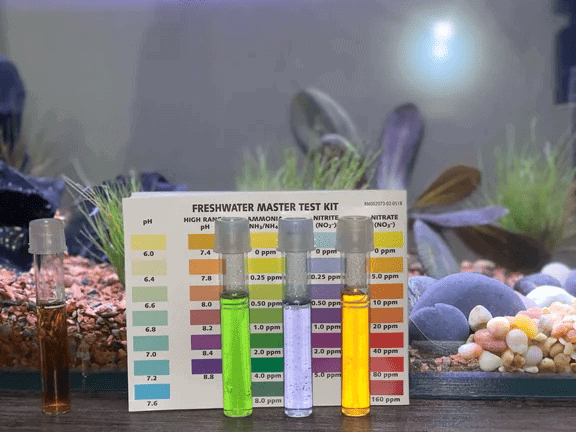
Beneficial bacteria play a critical role in your aquarium and you don’t want to accidentally kill them.
Basically, knowing how to grow and support these organisms in your tank keeps your pet fish alive. Good bacteria in your fish tank help to maintain the water quality by being a vital part of the nitrogen cycle in the system.
They are also known as biological filtration because they break down fish waste.
Time for me to dive in and explain in more detail.
What are Beneficial Bacteria and How Do They Help Your Aquarium?
I was a little nervous about this part of owning an aquarium because I’d already researched the nitrifying cycle.
I found out how important that so called cycle was for the health of my fish.
I’d have to be careful about what may kill the good bacteria in the tank because that could also kill my fish.
On top of that, it seemed important to understand how to get the right temperature and manage the bacterial populations at desirable levels.
And I’m so glad that I pushed through.
As someone with experience now, I decided to write this post to help beginners not feel overwhelmed by it all.
I will explain everything that you need to know without overcomplicating it.
Here’s what role the beneficial bacteria play in the aquarium:
A balanced and healthy aquarium relies on beneficial bacteria to break down the waste. Waste in a tank comes from the fish themselves, dead plant material, and other organic debris. The good bacteria use this waste for food and transform it in substances that are less harmful to fish.
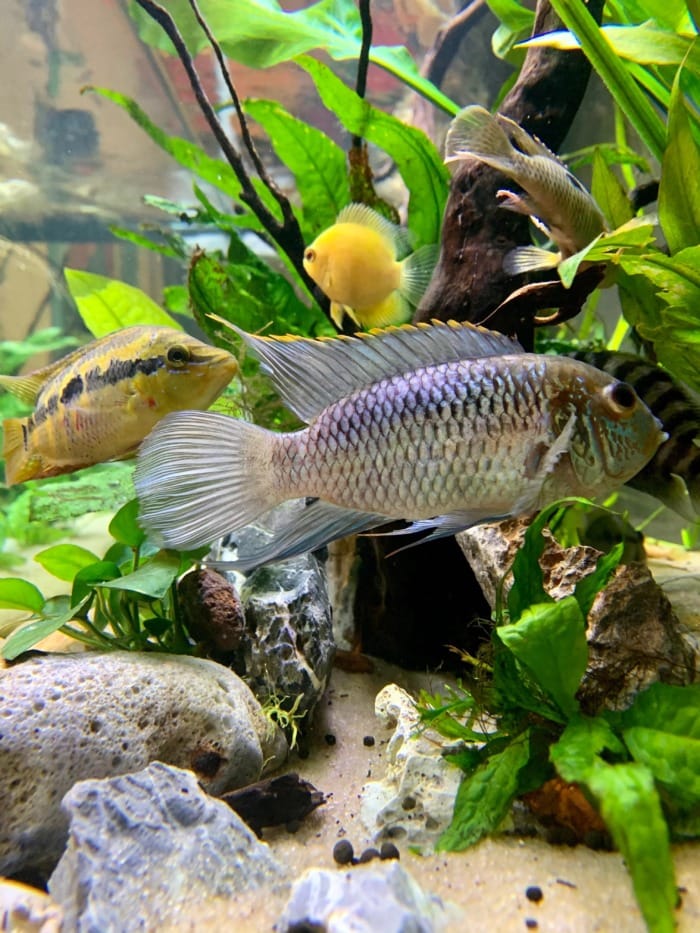
The balance between different aquatic bacteria is key to maintaining a healthy environment for your fish.
There are different types:
- Heterotrophic bacteria, not generally considered beneficial bacteria.
- Autotrophic bacteria (mainly Nitrosomonas), another name is Ammonia-Oxidizing bacteria.
- Autotrophic bacteria Nitrobacter.
Heterotrophic bacteria cannot produce their food, and consume nutrition from an available source.
They use organic carbon as food, mainly plant or animal matter.
Autotrophic bacteria, on the other hand, synthesize their own food.
In other words, they derive energy from light or chemical reactions.
In an ecosystem, autotrophs literally cycle inorganic matter into organic one, unlike heterotrophs who just consume the organics.
Ammonia is released by Heterotrophic bacteria that are feeding on decomposing waste in your tank.
The waste comes from fish pee, poop, uneaten food, rotting plant matter, and decaying algae. If there’s a lot of available waste heterotrophs can bloom and make the water in the tank cloudy.
- Nitrosomonas start consuming the available ammonia and release Nitrites as a byproduct.
- Nitrites released by the Nitrosomonas are then consumed by the Nitrobacter and turned into Nitrates.
Ammonia and Nitrites in the aquarium environment are toxic to fish. It is therefore critical that there are beneficial bacteria to remove them.
Nitrates are less toxic for fish and can be controlled with regular water changes. A cycled aquarium maintains the following water parameters simultaneously:
- 0 ppm of Ammonia;
- 0 ppm of Nitrite;
- 10 or more ppm of Nitrate.
For a tank to be considered “cycled” or established the amount of bacteria should be in balance with the amount of ammonia that your pet fish produce. In established tanks ammonia and nitrite get converted to Nitrate immediately. This, in turn, keeps the fish in the aquarium alive.
Also, since it’s all about balance, there’s no such thing as having too much beneficial bacteria in your aquarium.
Any excess bacteria will simply die out due to the lack of food.
Where Do These Organisms Live in a Fish Tank?

According to an article I read from Duke University, you can find the beneficial nitrifiers everywhere, including in the air. However, you’ll find live nitrifying bacteria mainly in the following places in your aquarium:
Most of the beneficial bacteria will grow on any surface submerged underwater in your tank. Typically, you’ll find good bacteria in the substrate, filter media, pump, rocks, decorations, and on tank walls.
A common misconception is that the majority of beneficial bacteria live in the water.
This is not true.
They live on a variety of surfaces that are in your tank.
But what do good bacteria look like and can you see them to make sure they’re there?
Some people think that the biofilm they see building up on surfaces in the tank is actually beneficial bacteria.
Though it’s true this film is composed of bacteria they are not beneficial nitrifiers.
The good bacteria don’t manifest as a biofilm.
Typically, the nitrifying bacteria remain invisible to the human eye.
Author’s note: For a planted aquarium, you’ll find these organisms on the surface of the plants as well. However, the large majority of the colony lives in the filtration system and substrate.
How to Grow Beneficial Bacteria?
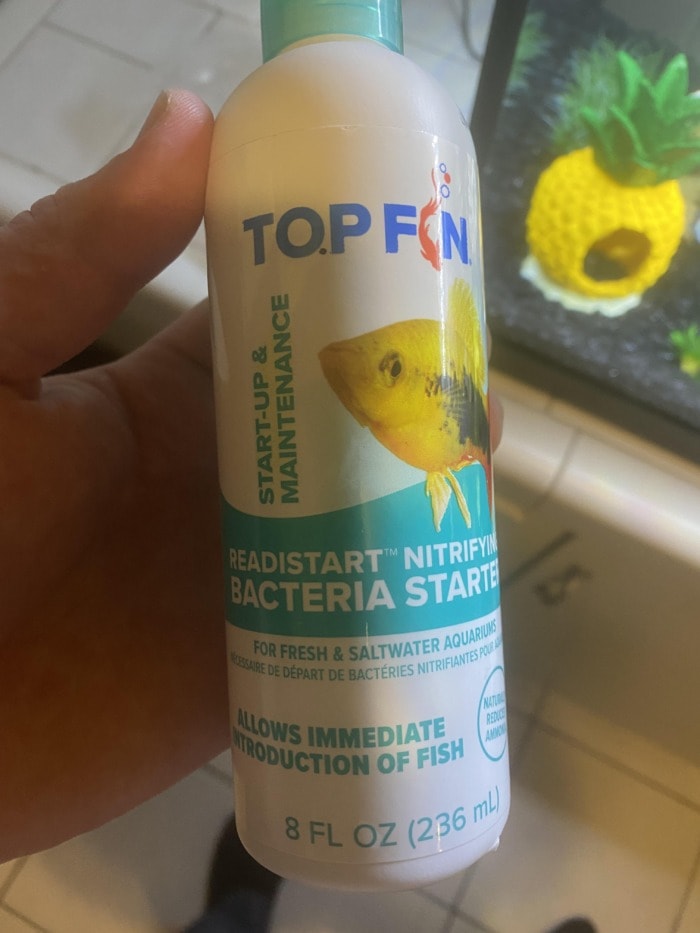
Beneficial bacteria can be introduced into your aquarium in a variety of ways.
If you want them to develop naturally, it can be a time-consuming process.
Sometimes it takes longer than a month for them to grow without you intervening.
Here’s a quick way to speed up the growth of beneficial bacteria in your fish tank:
You can speed up the growth of beneficial bacteria in a saltwater and freshwater tank by using bottled bacteria products. When you use this type of tank starter supplement correctly, it will take no more than 2 weeks for sufficient levels of bacteria to colonize your aquarium.
If you’re impatient and want to take the short cut – I’ve got a guide that compares two of the best bottled bacteria brands.
It’s a comparison between Api Quick Start and Tetra SafeStart, which I’ve personally used multiple times. In it, I also share some fool-proof instructions on how to use the products.
Aside from when cycling, it’s good practice to add bottled bacteria to your tank when you add new fish to the system or when you change the water.
Anyway, if you’ve got the time to take a more natural approach to growing beneficial bacteria in your aquarium, consider the following:
1. Cycling your tank with live fish or some source of ammonia.

One method to cycle your aquarium naturally is to add one or two starter fish to the tank.
You should choose hardy fish that won’t get too stressed if the conditions aren’t perfect. To minimize any risks with the starter fish, add one small fish per 7 to 10 gallons of aquarium water.
Cycling 5-gallon or smaller tanks can be difficult for beginners because there’s less room for error in such small volumes of water. Anyway, the new fish will start producing waste soon enough and the bacteria will start forming a colony.
You need to routinely measure the water’s parameters to check if ammonia levels are rising too fast. Do that by using a water test kit and make sure you have a liquid one, and not test strips.
I’ve found that liquid test kits are very accurate whereas test strips can sometimes be off and don’t show the same results twice.
In the case of cycling your aquarium, you need to have the exact measurements of Ammonia and Nitrite.
That’s because even 1 ppm (parts per million) of Ammonia can put your fish in grave danger. Anyway, some hardy small fish that are good for cycling freshwater aquariums are:
- Guppies;
- Mollies;
- Platies;
- Zebra danios;
- Fish with “labyrinth” lungs like the Betta fish and some Gouramis.
For more ideas you can visit my article about beginner-friendly starter fish. In it, I’ve listed some species that combine hardiness and interesting appearance or behavior.
For example, Goldfish are suitable for cold water tanks whereas zebra danios do well in subtropical aquariums.
Betta fish, mollies, and platies like warm freshwater tanks.
For starting saltwater setups, people typically use some sort of hardy damselfish. The most common damselfish used for cycling are Clownfish and Chromis.
Author’s note: Some beginners in the hobby don’t like the idea of cycling their tank with live fish. That’s because human error is common when you’re new and the whole thing often ends up with a dead fish, if not done properly. In these cases, some source of ammonia is used to kickstart the development of beneficial nitrifiers. Leaving small pieces of fish food to decompose in the tank is the classic approach, although pure ammonia can be used as well.
I don’t like the fishless cycling methods and I don’t usually recommend it across my blog.
That’s because you have no idea how much ammonia fish food produces compared to actual living fish.
When you’re doing a fishless cycle it could happen that the released ammonia is too little.
Too little ammonia results in too few bacteria to support living fish afterwards.
The misfortunate scenario goes like this: Eventually, you cycle your aquarium and rush ahead to put live fish in the system. However, they end up dying or showing signs of major distress because there were not enough beneficial bacteria to process all the new ammonia.
2. Using live plants that are already populated with bacteria.
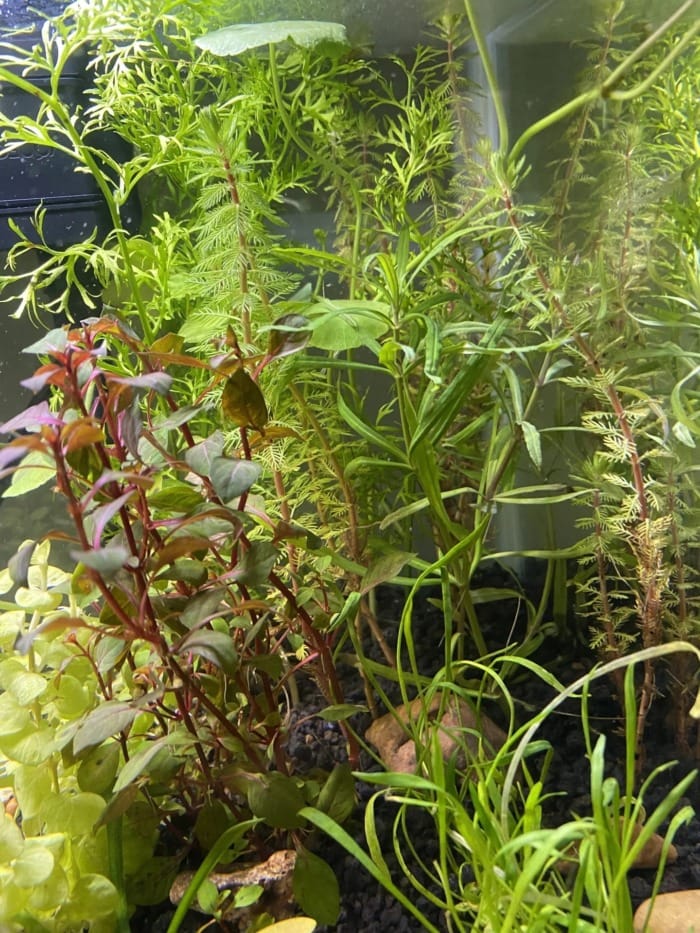
If you’ve only got artificial plants in your tank, consider adding some live plants as this encourages the growth of beneficial bacteria.
If the live plants are donated from a tank that is already correctly cycled, they will have beneficial bacteria growing on them.
Live plants also increase oxygen in your fish tank which in turn helps increase beneficial bacteria.
3. Adding filter media from an established tank.
This is one of the most effective ways of ensuring there are sufficient good bacteria in your tank. Take filter media from a tank that already has adequate levels of beneficial bacteria and add it to yours.
This approach will increase the bacteria population drastically. In fact, the filter is a fundamental piece of equipment for any aquarium precisely because it provides bed for beneficial nitrifiers.
4. Adding gravel from an established tank.
This also works very effectively, as long as the levels of bacteria in the donating tank are at the optimum levels.
5. Increase the water temperature.
When the temperature of the water is warm, beneficial bacteria tend to reproduce quicker. The ideal temperatures at which these bacteria thrive are in the range of 65 and 85 °F (18.3 to 29.5 °C).
At 95 °F or 35 °C, the bacteria start dying, and at anything below 65 °F their development slows down significantly.
Anyhow, you must be careful as you don’t want the temperature to raise too quickly for your new fish too. This will stress them and they could die.
Ideally, you should increase the water temperature very gradually, to allow the fish to adjust. Choosing an adjustable heater with a thermostat is key here. Visit this post to get ideas for some tiny ones if you’re starting a small aquarium.
What Kills Good Bacteria?
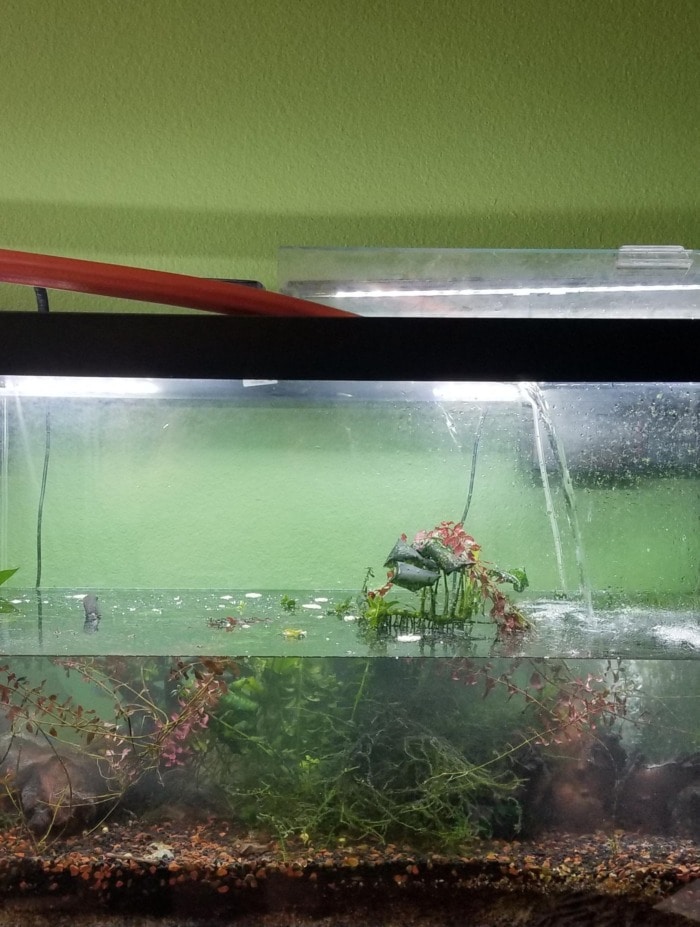
There are a few things that can kill any good bacteria you’ve got living in your tank.
For example, adding tap water directly into your aquarium can kill the good bacteria.
This is because tap water typically contains chlorine and chloramine.
These chemicals are detrimental to the healthy population of bacteria in your aquarium. Not only that, high levels of Chlorine or Chloramine are also toxic to fish.
Ideally, you can allow tap water to sit for several days to allow the chlorine to evaporate. A more practical approach, however, is to dechlorinate your tap water by using something like Seachem Prime.
Anyway, fish enthusiasts sometimes add antibiotics directly into the aquarium if their pets are ill.
The problem with doing this is that it tends to wipe out any beneficial nitrifiers and causes the Nitrogen Cycle to crash.
Authors note: If you have a fish that is ill and you need to administer medication, the best approach is to relocate the sick fish to a “hospital” tank that is separate from your main one.
On other occasions, adding salt to a freshwater aquarium makes sense, because salt itself has therapeutic properties in the right dose.
However, adding too much salt to a freshwater system can also lead to the death of any good bacteria.
Finally, some people assume that a piece of aquarium equipment known as a UV sterilizer can kill the beneficial bacteria in their aquariums. It does kill bacteria, but thankfully, only those you don’t want in your tank.
It will not kill the bacteria that are beneficial.
That’s because most of the beneficial nitrifiers populate surfaces and the UV sterilizer only filters water. This piece of equipment is typically used to fight off free-floating bacteria or parasites such as Ich, and microalgae that causes water in fish tanks to become green.
Final Thoughts
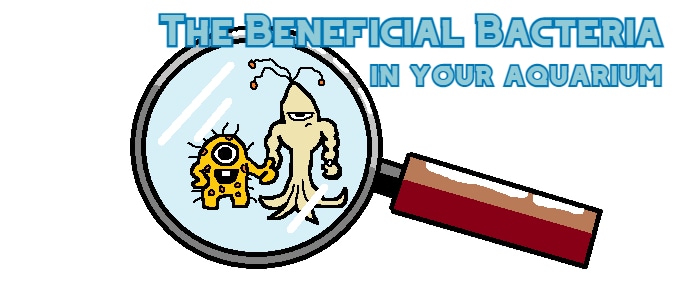
As you can see, beneficial bacteria are vital for your fish and their environment.
Without these friendly bacteria, your fish will likely perish because the aquarium will accumulate too many toxic elements.
Knowing how to increase the number of beneficial nitrifiers and encourage their growth means your pet fish can enjoy a stress-free life and live longer.

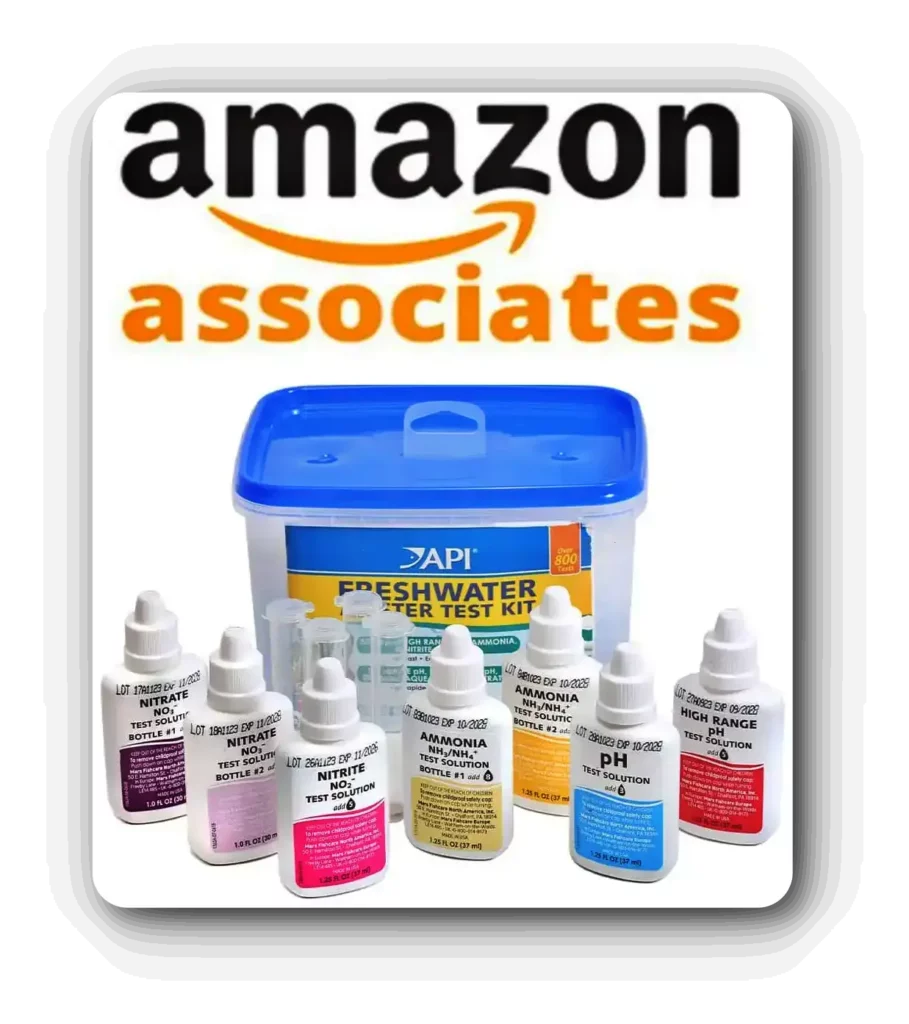


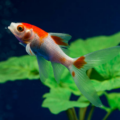


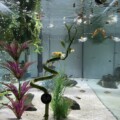
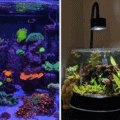
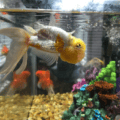

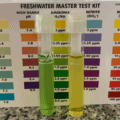
What is the web address for the paper that Duke University wrote,
Hello, to read their article just click the link saying “Duke University”.